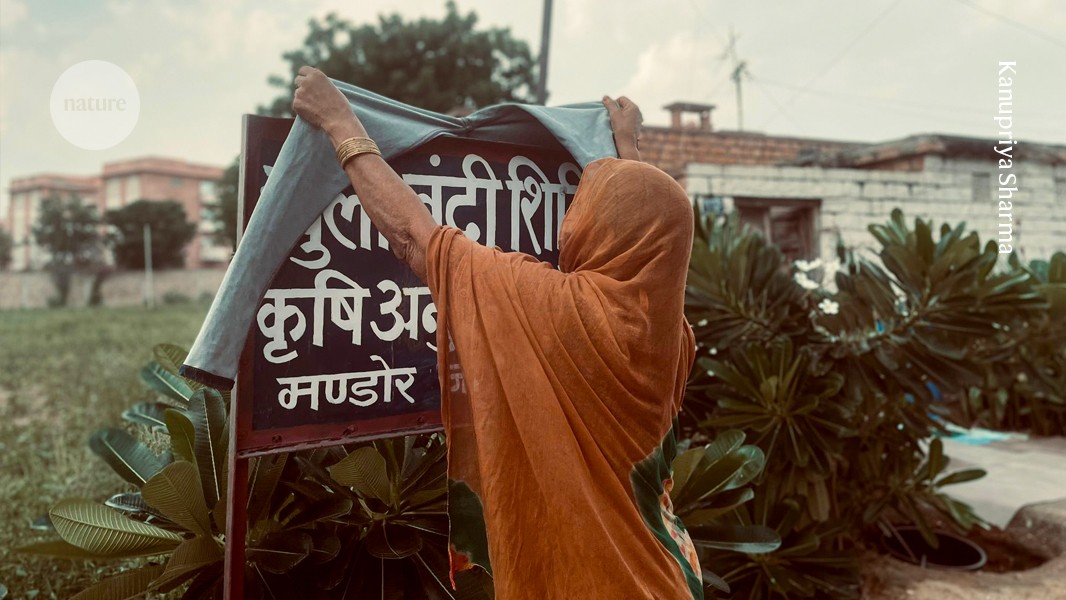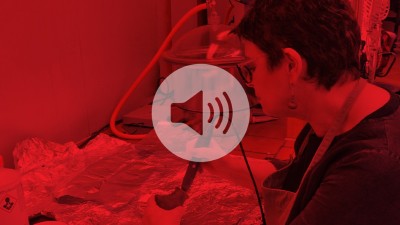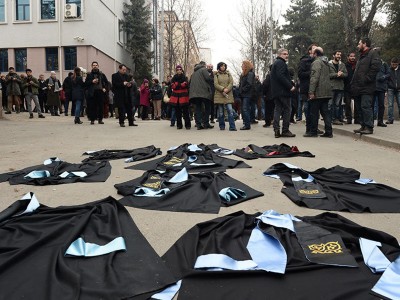Influenced by economic, social and environmental factors, criminal behaviour is a complex phenomenon. Academics across disciplines as varied as sociology, geography, mathematics and psychology work to understand why and how individuals become involved in and experience the criminal justice system. They also seek to develop strategies for crime prevention, intervention and rehabilitation, and to understand the effectiveness of criminal-justice policies.
It is important work: globally, around 11 million people are held in penal institutions. And in much of the world, numbers are rising. Many of these correctional facilities are severely overcrowded and deny incarcerated individuals access to food and basic medical care. Estimated government spending per person in prison per day is around €13 (US$15) in Bulgaria, compared with €532 in Norway. Such differences can reflect a country’s approach to punishment and rehabilitation.
Science diversified: The roads less travelled to research careers
The hidden costs of incarceration include financial and economic pressures faced by family members with a loved one in prison, as well as the psychological toll and social stigma that can come from being incarcerated. In the United States alone, mass incarceration costs the federal government and the families of those involved with the justice system at least $182 billion every year, according to the Prison Policy Initiative, a public-policy think tank in Easthampton, Massachusetts.
Undertaking research projects with incarcerated individuals can be particularly affecting. “One of the most significant difficulties as a researcher is navigating the tension between academic objectivity and the emotionally charged narratives that you encounter,” says Kanupriya Sharma, a criminologist at the University of Nottingham, UK, who interviewed imprisoned women in India as part of her PhD work at the University of Cambridge, UK.
Strong networks are essential for this work, and are often used to find and build trust with those working in, or interacting with, the justice system.
Nature’s Careers team spoke to three academics who study crime and criminal-justice systems to gain a better understanding of what it is like to work in these complex and often politicized areas of research.
SADÉ LINDSAY: The pendulum of support
Sociologist and assistant professor of public policy and sociology at the Brooks School of Public Policy, Cornell University, Ithaca, New York.
My connection to criminal justice and criminology comes from growing up in a highly disadvantaged and racially segregated neighbourhood in Columbus, Ohio. I have family members who have been caught in a cycle that has shifted them in and out of the prison system. My work revolves around that same system, focusing particularly on how policies and practices, mainly in the context of the United States, shape individuals’ opportunities, health and well-being. These strategies dictate, for example, where people can work after they have been incarcerated, and whether they have access to public goods and services. I tend to focus on racial and ethnic inequalities in these policies, and around drugs and substance use, as well as on alternatives to incarceration.
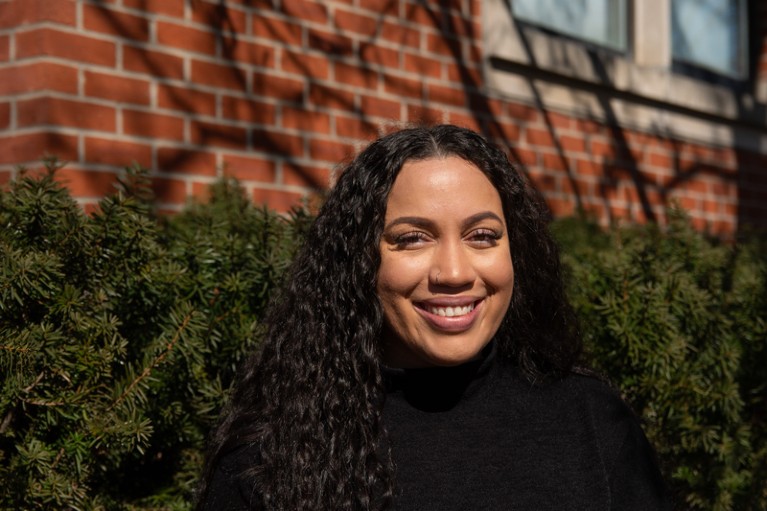
Sade Lindsay is studying the impacts of racial and ethnic disparities in drug-diversion programmes in the United States.Credit: Christian Harsa
I’m currently working on a project with Ohio State University in Columbus looking at the causes and consequences of racial and ethnic disparities in drug-diversion programmes. These offer long-term drug treatment and court supervision instead of a jail sentence. They emerged out of the crack-cocaine epidemic in the 1980s and really took off during the current opioid crisis in the United States. But despite this crisis starting to affect Black and Hispanic folks more than white individuals, especially in Ohio, people of colour are very under-represented in these programmes. Instead, they’re often simply sent to prison, where they might receive treatment but only after completing most or all of their sentence. We’re trying to understand why, through qualitative interviews with participants in the drug courts, and by talking to the judges, coordinators, counsellors and probation officers who run them.
Political support for prison reform can swing like a pendulum. We’re seeing the pendulum swing now; the will to support people with criminal records is weakening. There was a real risk of our grant being targeted by one of US President Donald Trump’s many executive orders, especially given that the same funding mechanism was discontinued during Trump’s first term, and we’ve had to change some of our reporting to comply with new federal rules.
Science behind bars: How a Turkish physicist wrote research papers in prison
Our role as researchers is to keep doing the work and keep collecting the evidence, even when the political winds aren’t blowing in our favour. Because that’s how real, lasting change happens — not just through policy changes, but through persistent effort that outlasts any single administration that might come and undo things. It might get trickier to find funding for my research, but there are still foundations and private philanthropists who deeply value this work and are committed to supporting it. The real challenge might be whether drug-treatment courts will remain as willing to open their doors and share their expertise. But that’s exactly why this research is so important.
I’m a researcher because I’m a problem solver. The opportunity to use my research to elevate the voices of folks who would otherwise not be in policy conversations is one of my favourite parts of the job.
I run into lots of people at conferences now who have a connection to the justice system, through their own experience or by way of family or friends. It’s a great thing in criminal-justice work that more of the people doing the research are those who have been affected.
KANUPRIYA SHARMA: Listen to your gut
Criminologist and postdoctoral research fellow in the School of Sociology and Social Policy at the University of Nottingham, UK.
While conducting fieldwork in India for my master’s degree at the Tata Institute of Social Sciences, Mumbai, I visited women’s prisons thinking that I would hear stories of pain and trauma. Instead, I found that all the women wanted to talk about was love. Many had regained their sense of agency and a feeling of freedom while in prison by entering into romantic relationships with men — whether ones held in different jails, or male security guards or men outside. How imprisoned women formed these relationships intrigued me and became central to my research, and through my PhD thesis I aimed to understand this phenomenon more deeply. I interviewed 127 women across Punjab and Rajasthan, who were imprisoned in barracks located inside male prison complexes or in open, gender-neutral prisons, to explore their pathways to prison and experiences of incarceration.
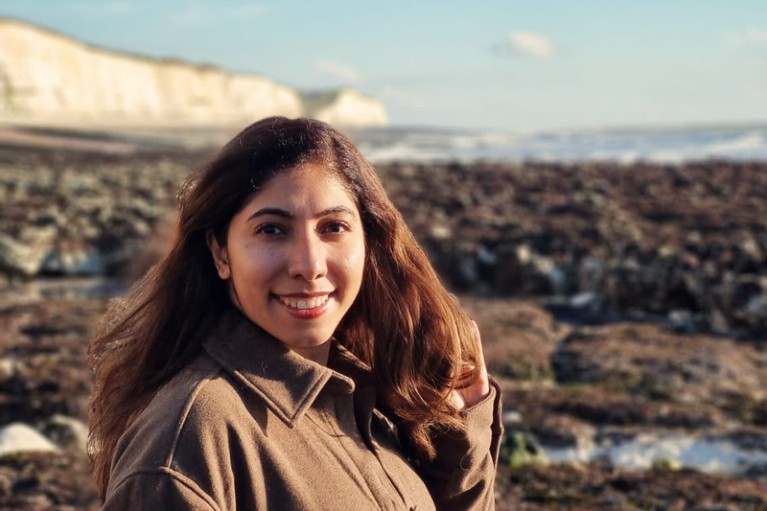
Kanupriya Sharma, a criminologist at the University of Nottingham, UK, highlighted the tensions that can arise between academic objectivity and ‘emotionally charged narratives’.Credit: Kanupriya Sharma
My doctorate looked at how these women leveraged their social networks, inside and outside prison, to forge intimate relationships with men. Many of the women I spoke with, regardless of whether they were housed in women’s barracks inside male prison complexes or in all-women facilities, encountered male prisoners during court visits when they were transported in the same prison van or held in the same court lock-up during their hearing. They also communicated with men through letters exchanged across facilities, and were often introduced to men outside during visitation hours by fellow female prisoners. Many of the women I spoke to used these relationships to navigate the constraints of imprisonment, reclaim their identities and be accepted by the community when they are released.
In India, there is so much taboo around extramarital relationships and a woman’s choice, or lack of choice, of a partner. The women I met are challenging patriarchal institutions, prison and society by forming these relationships in a space that deprives them of both these freedoms.
Moving from prison to a PhD


